Which one of the following compounds is nonaromatic ?




The correct Answer is:A
To determine which of the given compounds is non-aromatic, we need to analyze each compound based on the criteria for aromaticity. Aromatic compounds must meet the following conditions:
1. The compound must be cyclic.
2. The compound must be planar.
3. The compound must have a continuous overlap of p-orbitals (conjugation).
4. The compound must follow Huckel's rule, which states that it should have 4n+2 π electrons, where n is a non-negative integer (0, 1, 2, 3, ...).
Now, let's analyze each option step by step:
Step 1: Analyze the First Compound
- Cyclic: Yes
- Planar: Yes
- Conjugation: Yes, all carbon atoms are sp² hybridized.
- Count π Electrons: Let's assume there are 14 π electrons.
4n+2=14⟹4n=12⟹n=3
- Conclusion: This compound is aromatic.
Step 2: Analyze the Second Compound
- Cyclic: Yes
- Planar: Yes
- Conjugation: Yes
- Count π Electrons: Assume it has 2 π electrons.
4n+2=2⟹4n=0⟹n=0
- Conclusion: This compound is aromatic.
Step 3: Analyze the Third Compound (Furan)
- Cyclic: Yes
- Planar: Yes
- Conjugation: Yes, the oxygen's lone pair participates in the π system.
- Count π Electrons: Assume it has 6 π electrons (including the lone pair).
4n+2=6⟹4n=4⟹n=1
- Conclusion: This compound is aromatic.
Step 4: Analyze the Fourth Compound
- Cyclic: Yes
- Planar: No, it is non-planar due to sp³ hybridization of carbon atoms.
- Conjugation: No, due to lack of continuous overlap of p-orbitals.
- Count π Electrons: Not applicable as it does not meet the criteria.
- Conclusion: This compound is non-aromatic.
Final Answer
The non-aromatic compound among the options is Option 4.
---
2. The compound must be planar.
3. The compound must have a continuous overlap of p-orbitals (conjugation).
4. The compound must follow Huckel's rule, which states that it should have 4n+2 π electrons, where n is a non-negative integer (0, 1, 2, 3, ...).
- Cyclic: Yes
- Planar: Yes
- Conjugation: Yes, all carbon atoms are sp² hybridized.
- Count π Electrons: Let's assume there are 14 π electrons.
4n+2=14⟹4n=12⟹n=3
- Conclusion: This compound is aromatic.
- Cyclic: Yes
- Planar: Yes
- Conjugation: Yes
- Count π Electrons: Assume it has 2 π electrons.
4n+2=2⟹4n=0⟹n=0
- Conclusion: This compound is aromatic.
- Cyclic: Yes
- Planar: Yes
- Conjugation: Yes, the oxygen's lone pair participates in the π system.
- Count π Electrons: Assume it has 6 π electrons (including the lone pair).
4n+2=6⟹4n=4⟹n=1
- Conclusion: This compound is aromatic.
- Cyclic: Yes
- Planar: No, it is non-planar due to sp³ hybridization of carbon atoms.
- Conjugation: No, due to lack of continuous overlap of p-orbitals.
- Count π Electrons: Not applicable as it does not meet the criteria.
- Conclusion: This compound is non-aromatic.
The non-aromatic compound among the options is Option 4.
Topper's Solved these Questions
- JEE MAIN 2021BOOK - JEE MAINS PREVIOUS YEARCHAPTER - JEE MAIN 2021EXERCISE - SECTION-B
50 Videos
- JEE MAIN 2021BOOK - JEE MAINS PREVIOUS YEARCHAPTER - JEE MAIN 2021EXERCISE - CHEMISTRY (SECTION-A)
20 Videos
- JEE MAIN 2021BOOK - JEE MAINS PREVIOUS YEARCHAPTER - JEE MAIN 2021EXERCISE - Chemistry (Section B)
10 Videos
- JEE MAINBOOK - JEE MAINS PREVIOUS YEARCHAPTER - JEE MAINEXERCISE - CHEMISTRY
150 Videos
- JEE MAIN 2022BOOK - JEE MAINS PREVIOUS YEARCHAPTER - JEE MAIN 2022EXERCISE - Question
561 Videos
Similar Questions
Knowledge Check
Which one of the following compounds is not aromatic ?
A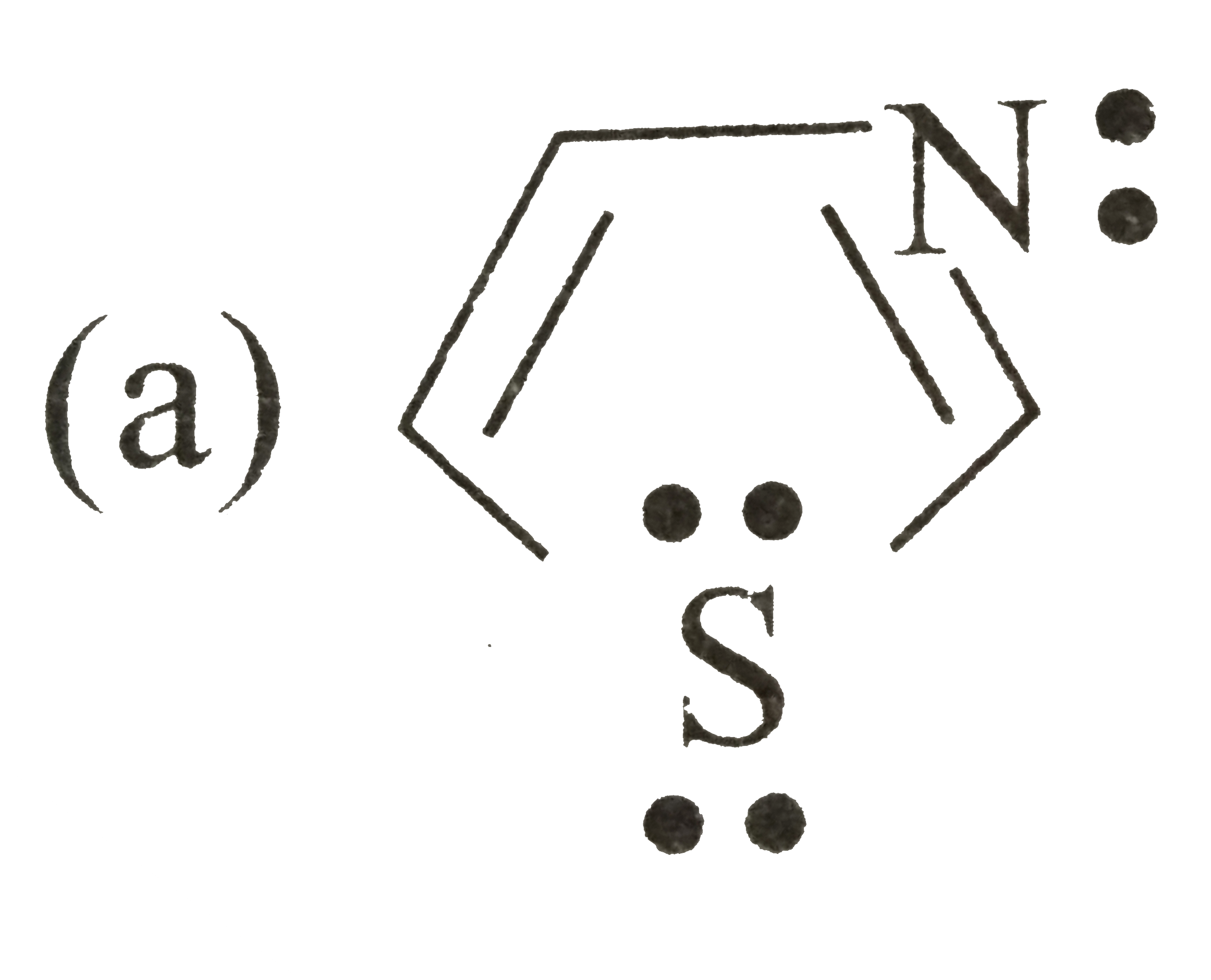 B
B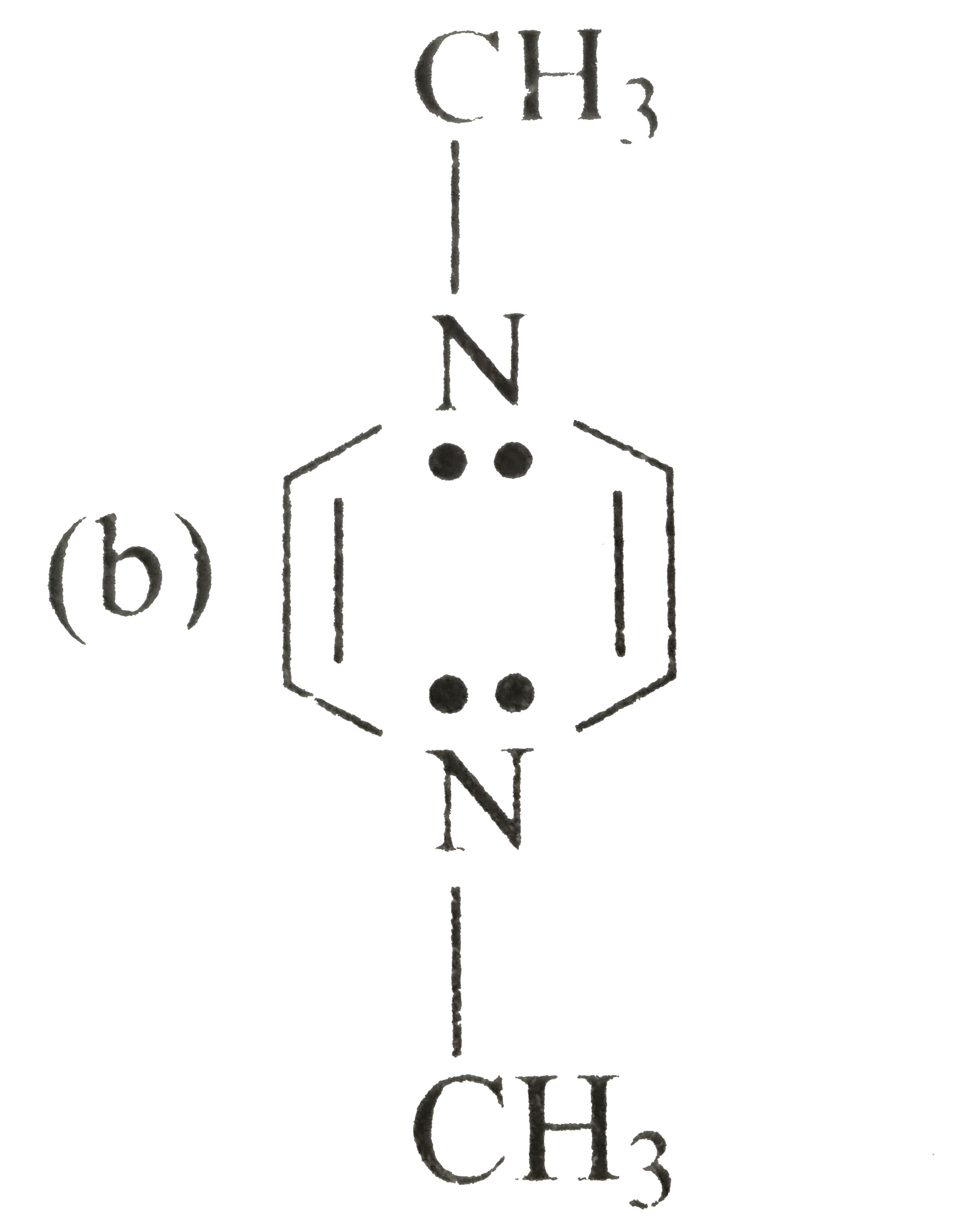 C
C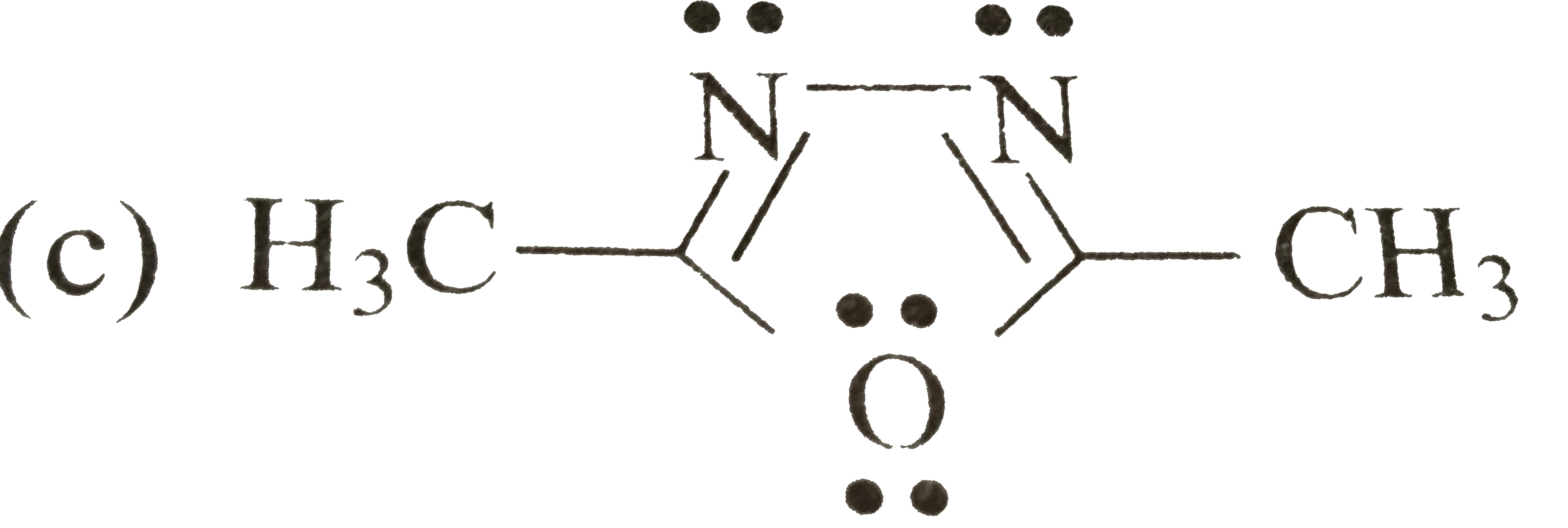 D
DWhich one of the following compounds is not aromatic?
A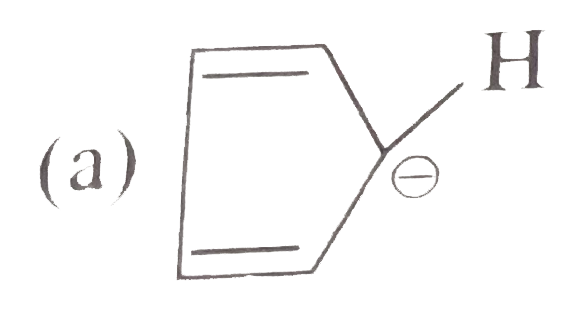 B
B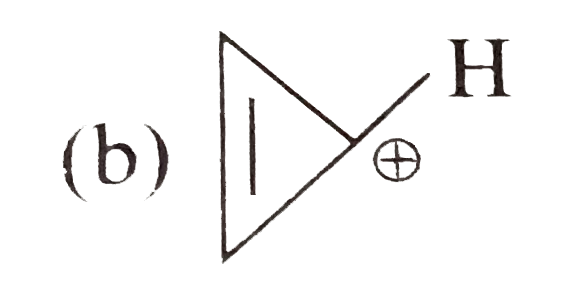 C
C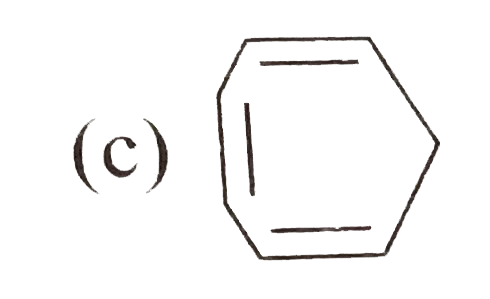 D
D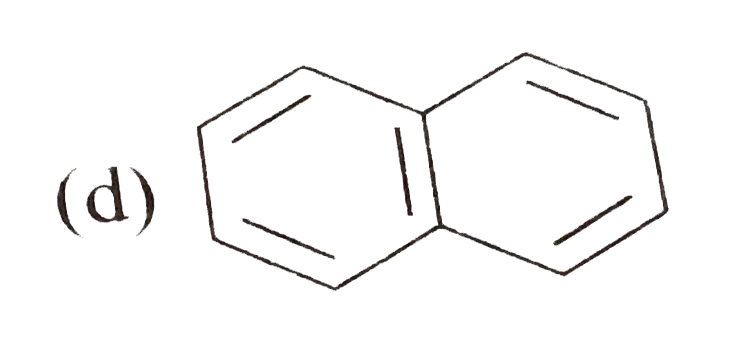
Which one of the following compounds in not aromatic?
A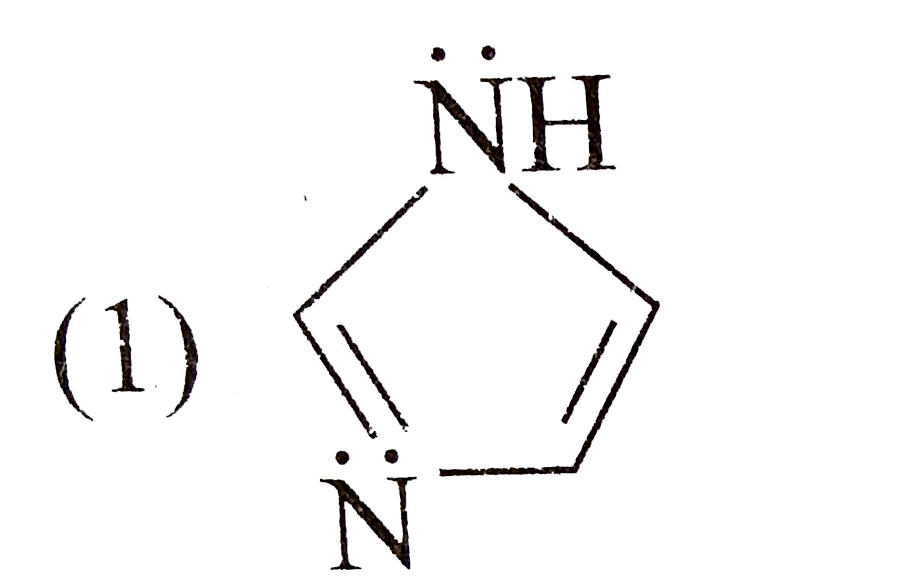 B
B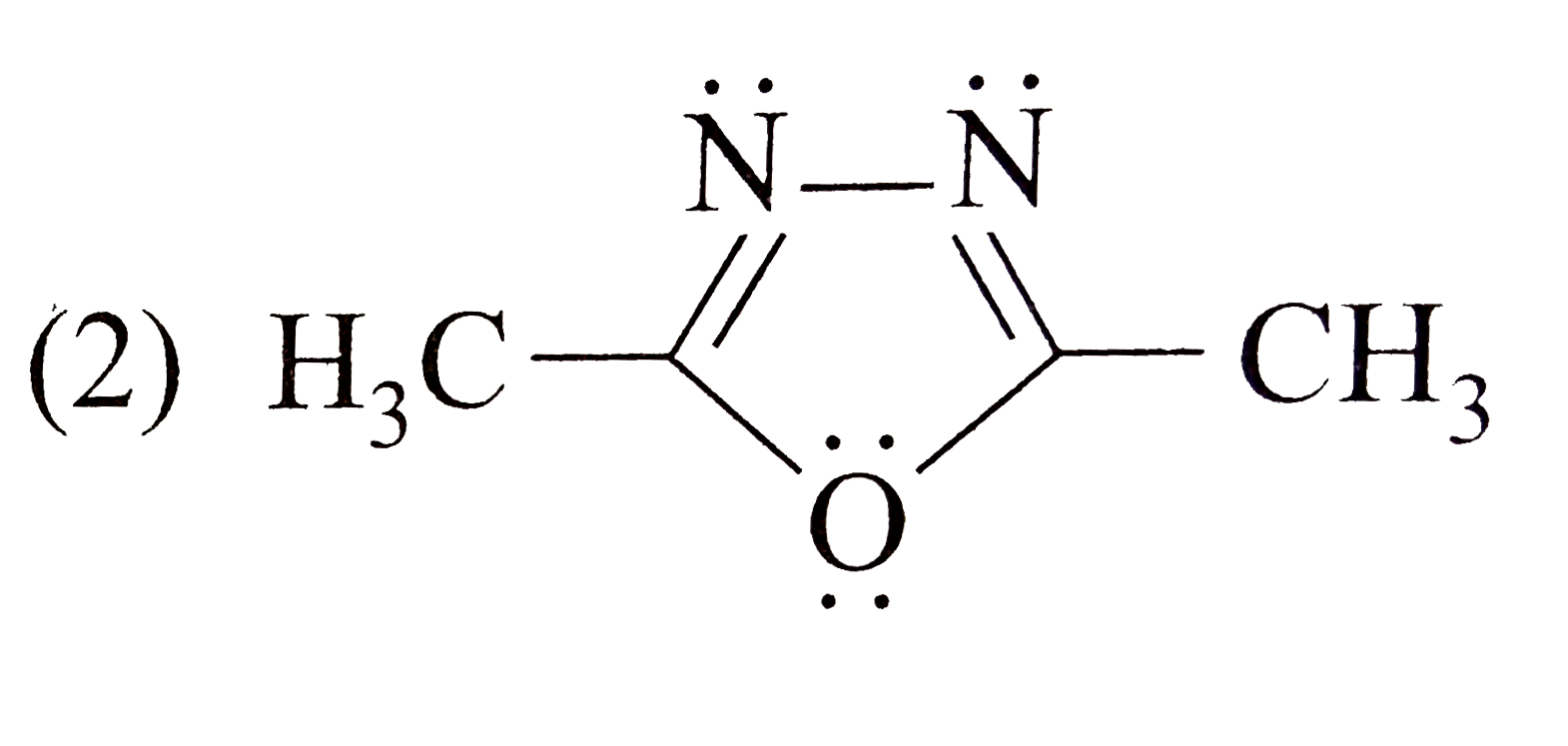 C
C D
D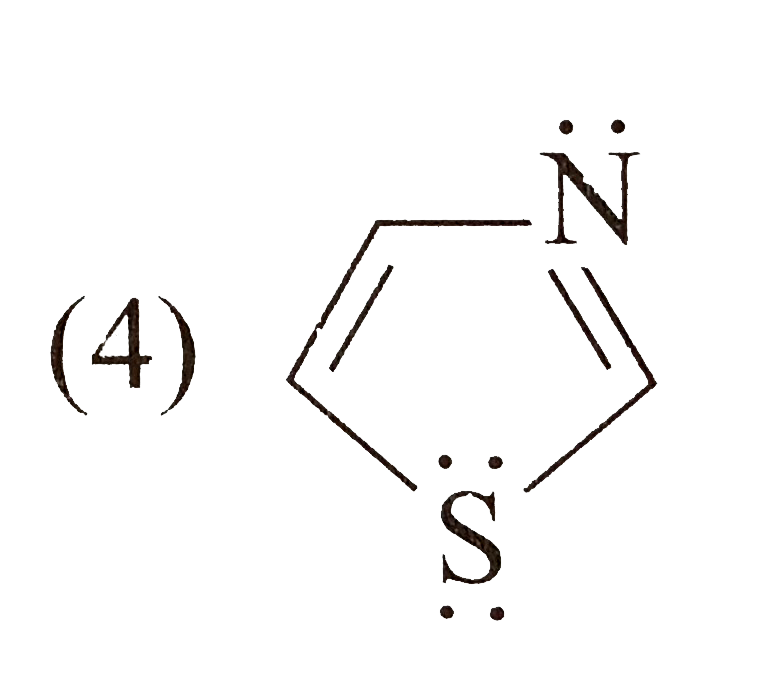
Which one of the following compounds is aromatic in nature ?
View SolutionWhich one of the following compounds is aromatic in nature ?
View SolutionWhich one of the following compounds is not planar
View SolutionWhich one of the following compounds is not isomeric with Ethoxyethane ?
View SolutionWhich one of the following compounds is diamagnetic in nature?
View Solution
